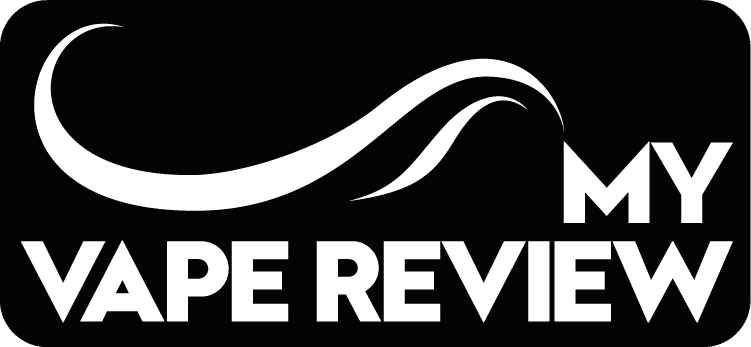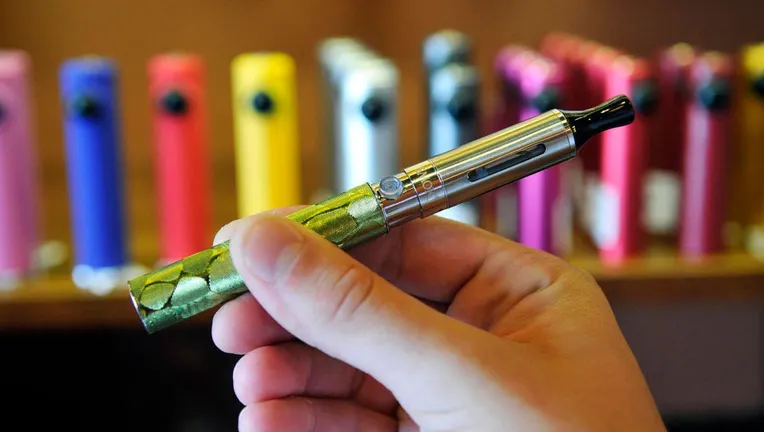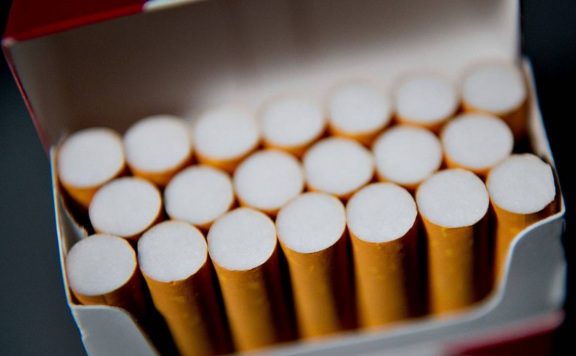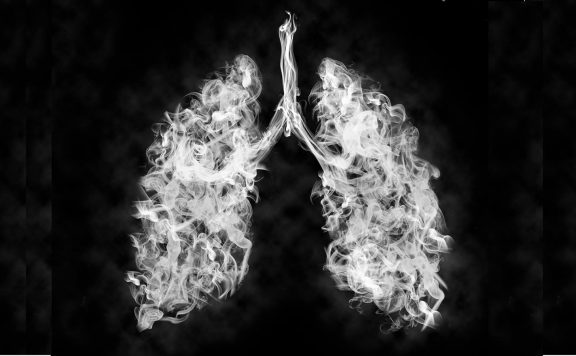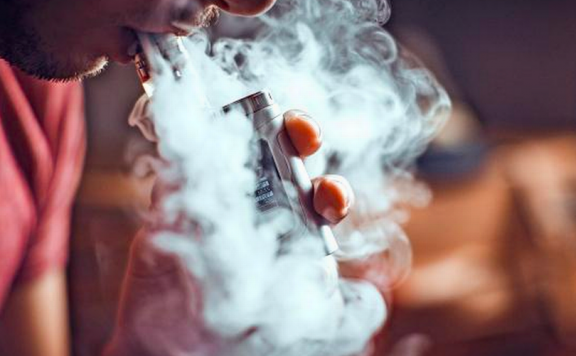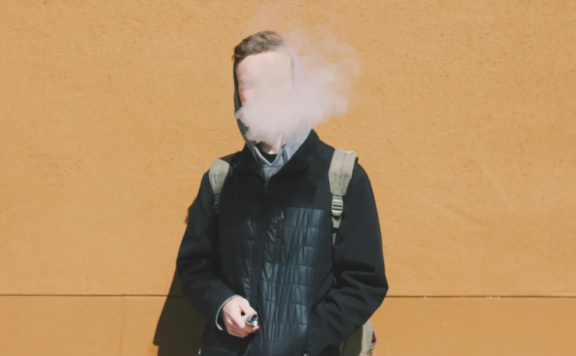According to a recently released study, US teenagers now vape frequently and use more marijuana, fewer teenagers consume alcohol and smoke cigarettes.
While teen substance use has typically decreased over time in the United States, two outliers exist cannabis use and nicotine/cannabis vaping, according to research conducted by Columbia University over nearly 30 years.
All study groups experienced an increase in cannabis usage, but teen employees experienced the greatest increase, according to the researchers. The study revealed that cannabis vaping increased most among “social but disengaged youth,” whereas nicotine vaping climbed most in the “very social and engaged group that was less supervised.”
The Mailman School of Public Health at Columbia University found that children who spent a lot of time unattended were more likely to consume drugs overall. The study also discovered that being employed for a living increased a teen’s likelihood of using drugs significantly.
Teenage drug use patterns in the US
The researchers used the Monitoring the Future survey from the National Institute on Drug Abuse (NIDA) to track data from over 536,000 teenagers between 1991 and 2019. Cannabis, cigarettes, and alcohol consumption as well as cannabis and nicotine vaping among eighth graders (13-14-year-olds), 10th graders (15-16-year-olds), and 12th graders (17-18-year-olds) trends were tracked.
The researchers then compared this data to demographic parameters like employment, level of adult supervision, participation in scheduled activities, and social interaction. They looked examined these trends in more detail across several categories, including ethnicity, parental education, and sex.
In a statement, the primary study author, Noah Kreski, MPH, of the Columbia Mailman School’s department of epidemiology, noted that social contexts where teenagers engage with peers, such as parties, “offer chances for substance use, especially in the absence of adult supervision.” Teenagers may experience peer pressure in these social contexts to take drugs or alcohol to fit in.
However, Kreski and the other authors pointed out that this might be especially true for young people with jobs who frequently interact with older adolescents and adults. The authors hypothesized that because working teenagers frequently come from poorer socioeconomic groups, they are thrust into an early “pseudo-adulthood,” where they pick up behaviors typically associated with older adults.
The group added that those who use cannabis, in particular, seem to look for fellow cannabis users. According to the study, vaping was also associated with social influence.
While marijuana use has generally increased dating back to the 1990s, research has indicated that teen vaping has rapidly increased in recent years. For eighth graders, this percentage increased from 7.5% to 16.5% between 2017 and 2019, for students in the tenth grade it increased from 15.8% to 30.7%, and for students in the twelfth grade it increased from 18.8% to 35.3%.
According to the National Institutes of Health, who cited the same Monitoring the Future poll, the rates remained stable in 2020 at 16.6%, 30.7%, and 34.5%, respectively.
According to Kreski, the vaping boom is particularly striking.
Kreski told HealthDay News that “it surged in just three years.”
According to the study’s findings, 15% of adolescent respondents admitted to binge drinking over the previous two weeks, while 27% admitted to drinking alcohol within the previous month.
In the meantime, 13% of teenagers admitted to using cannabis in the previous month, 15% admitted to smoking cigarettes, 9% admitted to using other drugs in the previous month, and 12% admitted to vaping nicotine.
The survey found that from 2017 onward, an additional 6% of people reported vaping cannabis.
The study’s authors stated that finding connections between intricate time-use patterns and drug use outcomes could open up new avenues for educating adolescents about substances and intervening to prevent usage.
The findings were published in the journal Substance Use and Misuse on September 20. The National Institute on Drug Abuse provided the financing.
